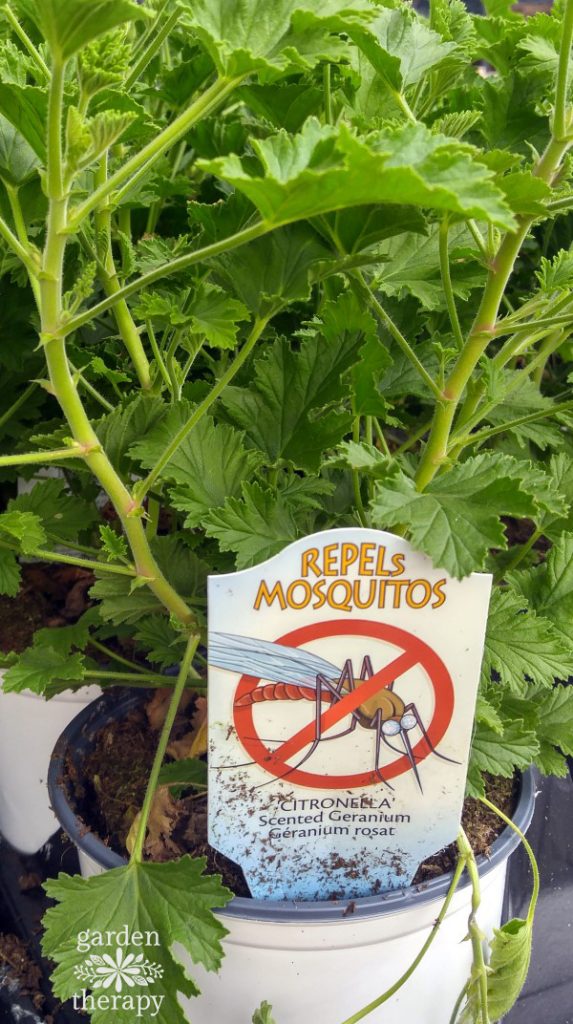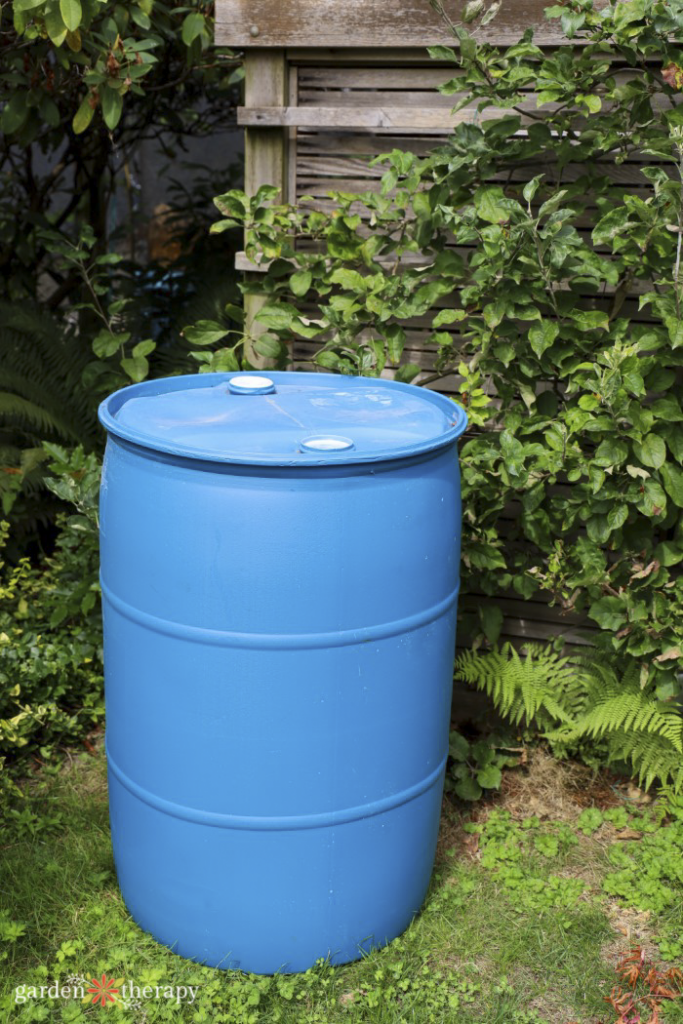One minute you’re enjoying the great outdoors, the next you’re feeling the itch of the year and getting increasingly itchy. Mosquitoes are pesky pests that affect just about everyone, no matter where you live. Here’s how to repel them and make your own mosquito trap when you’ve had enough.

Nobody likes a troublemaker. Especially one who wants to suck your blood.
A beautiful evening outside can quickly be ruined by a swarm of mosquitoes. One moment you’re enjoying a well-deserved break on a beautiful summer night, and the next you’re running back inside for shelter.
While mosquitoes may be small, they sure know how to ruin an evening. Or time spent in the garden. Or a camping trip. You know what I mean!
As someone who absolutely hates mosquitoes (thankfully), I’ve learned how to prevent them, keep them away from my skin, and even have homemade mosquito traps to use when all else fails.
Here’s how to keep mosquitoes away from your party!

7 Natural Ways to Get Rid of Mosquitoes
Before we get to how to make your own mosquito trap, there are still many other simple tips you can use to not only keep mosquitoes away, but also prevent them from appearing in the first place.
Remove standing water
Prevent mosquitoes from bothering you in the first place! Mosquitoes breed in standing water and they don’t like to travel far to find food. Stagnant water for just four days can become a breeding ground for bacteria.
They can lay their eggs in stagnant water or even in containers waiting to be filled. Once the larvae pupate, you’ll have a population of hungry mosquitoes on your hands.
Birdbaths, ponds, and even small rainwater tanks can be culprits. Remove any standing water and turn over anything that can collect water.
If you have a pond, I recommend adding fish to eat the larvae or adding air bubbles to prevent mosquitoes from breeding.

Anti-mosquito landscape
Did you know that what you plant can make a difference when it comes to mosquitoes? Many plants give off odors that are unpleasant to mosquitoes.
That said, these plants will usually Only releases scent when leaves are touched and rubbed. Just planting them in the garden won’t do much, but every little bit counts, right?
Plant them in recreational areas, making them part of your landscape. Every time you pass by, touch and rub the leaves to release the essential oils.
Here are some plants that mosquitoes don’t like the smell of:

Keep your area clean
As I mentioned, mosquitoes will lay eggs in containers and any standing water they can find. Make sure to keep your area clean to prevent mosquitoes from finding a neat hiding place to lay their eggs.
Forgotten potted plants, shrubs, and debris can all be ideal habitats.

Light citronella candles
You’ll find citronella candles all over my deck. I even take them camping! They’re super simple made from old candle wax, lemongrass essential oil and recycled containers like a soup can
Lemongrass has a rather unpleasant scent, even to humans, so making your own lemongrass will help you add some other scents to make it more appealing to our noses while still being able to repel mosquitoes naturally.
Check out this post to see how I made my own recycled citronella candles.

Start a breeze
If I’m outside and the mosquitoes are attacking me, I like to bring an outdoor fan. This is especially helpful if you’re entertaining outside. Creating a warm breeze not only keeps everyone cool, but also blows the united guests out of the area like mosquitoes.
Protect your skin naturally
The last thing you’ll see me do is coat my skin with commercial bug spray containing DEET. I mentioned above that there are many plants and smells that mosquitoes don’t like. Well, you can homemade insect repellent with essential oilsis a concentrated version of these plants.
Pros? It smells really nice to us! See how I make my own bug spray here.

Welcome Spiders
It’s time to get over your fear of spiders. While you may not like them, I guarantee that mosquitoes don’t like garden spiders any more than you do. Try your best. leave cobwebs in the garden and areas that are not uncomfortable because they will catch mosquitoes for you.

How to make homemade mosquito traps
Once you have taken all these precautions to kill and repel mosquitoes, here is a simple homemade mosquito trap that you can make to keep them away.
Mosquitoes are attracted to carbon dioxide (That’s how they find us to bite!). This homemade mosquito trap produces carbon dioxide through the fermentation of sugar and yeast. When mosquitoes fly in, they get trapped and die when they fall into the syrup.
Materials
- 1 cup hot water
- 1/4 cup brown sugar
- 1 gram yeast
- 2 liter soft drink bottle
- Paper knives
- Tape

Let’s do it!
Cut the soda bottle in half. Dissolve the brown sugar (yes, it has to be Brown sugar or some kind of raw, unrefined sugar) in hot water and let cool.
Pour the sugar water into the bottom half of the bottle and add the yeast (no need to stir). Turn the top of the bottle upside down. so that the mouth of the bottle is inside the bottom of the bottle (above the syrup).
Tape the two halves of the bottle together and place where mosquitoes breed and feed. Change the syrup every two weeks or whenever the syrup stops bubbling.

Frequently Asked Questions About Mosquito Traps
Use any type of dry yeast. I use traditional instant yeast packets.
The reaction between baking soda and vinegar releases CO2, which has a similar effect to the sugar and yeast mixture. In my experience, the sugar and yeast mixture works better, but you can try this method as well.
Yes! Acaricides (also known as larvicides) use naturally occurring bacteria that produce toxins that kill mosquito and fungus gnat larvae. They are used on standing water that you can’t get rid of, such as rain barrels or pool covers. They last about 30 days and are considered nontoxic to people, pets, and other insects, such as bees.
